by William E. Welsh
The dismounted cavalrymen began moving quietly through the swamp before daybreak. In some places they sank in the water to their knees. When they reached the thick stands of willow near the river, their battle line became uneven.
[text_ad]
Suddenly they saw a solitary Indian on horseback. He had crossed the river and was moving toward the pony herd on the same side of the river as the cavalrymen. He did not notice the soldiers until he almost ran into them. He kicked his horse and it bolted past the soldiers. Four shots rang out, and Wetistokaith fell lifeless to the ground.
“About daybreak one of my men went out to look after his horses,” Chief Joseph said afterwards. “The soldiers saw him and shot him down like a coyote.”
When Wetistokaith was shot, Chief White Bird also had been going to check on the ponies. White Bird was on foot, and when he heard the shots, he ran as fast as he could back toward the Nez Perce camp on the east bank of the North Fork of the Big Hole River to rouse the camp. It was just after 4 AM on August 9, 1877. The Battle of Big Hole had begun.
Forced to Relocate From Their Ancestral Lands, Five Bands Begin Their Epic Trek
The Nez Perce chiefs received orders three months earlier from the U.S. government to make sure that all of the members of their various bands relocated as soon as possible into a much smaller area than had been granted to them by a treaty signed in 1855. The reason for this was increasing pressure from miners and settlers who coveted the minerals and resources of the Nez Perce lands. The ordeal would become a long odyssey for five bands of the Nez Perce totaling about 800 people (one third of the tribe) in which they sought to retain control of their destiny.
Clashes between the so-called Non-Treaty Nez Perce erupted in early June and led to battles with the U.S. cavalry at White Bird Canyon on June 17 and The Clearwater on July 11-12. Following the Battle of the Clearwater, Chief Looking Glass persuaded his people to leave their ancestral lands and journey east to Montana where they might live near the Crow tribe and hunt buffalo.
They marched through the Lolo Pass in the Bitterroot Mountains and turned south down the Bitterroot Valley to the North Fork of the Big Hole River. Hot on their trail was General Oliver O. Howard. But the cavalrymen who crept up on the Nez Perce camp belonged to the 7th Cavalry from Fort Shaw commanded by Colonel John Gibbon. He had 163 men and 34 civilian volunteers to fight the Non-Treaty Nez Perce.
Counterattack Forces Cavalry Into Defensive Position on Mountainside
The two-day fight at Big Hole would cost the Nez Perce dearly. Gibbon’s troopers splashed through the river and entered the camp firing low into the tipis. Men, women, and children bolted for safety trying to escape the stinging bullets by hiding in gullies, along the river bank, or in the willow thickets.
The Nez Perce were crack shots, and although blue-uniformed cavalry held the northern end of the camp, the Nez Perce outflanked them and drove them back across the river. The cavalrymen fell back to a mountain spur and began entrenching in the pine forest. Chief Joseph detailed some of his men to pin down the cavalrymen while the rest of his men assisted the women and children in preparing to withdraw east.
On the morning of August 10, the Nez Perce broke off the fight. Gibbon’s command was too damaged to pursue them. Although the Nez Perce had won a clear tactical victory, they had been bled badly in precious manpower. The Nez Perce lost 90 people. About one-third of those were warriors and the rest were women, children, and old people. As for Gibbon, he suffered about 29 dead and 40 wounded.
Key Sites Are Reached by Short Hikes on Stunning Trails Through the Valley
Big Hole National Battlefield is located about 10 miles west of Wisdom, Montana. From Butte, Montana, take I-15 south to Divide, then take 43 West to Wisdom. The visitor center is open daily with extended hours in the summer. It is closed Thanksgiving, December 25, and January 1. Campgrounds are located nearby. Fishing is allowed on the battlefield as long as it is in compliance with Montana law. You may see coyote, deer, elk, moose, and other animals. Please keep a safe distance from them.
Wisdom has limited services for travelers, but other cities and towns further away have more diverse offerings in the way of dining and lodging. These include Butte and Dillon, both east of the battlefield in Montana, or Salmon, Idaho, to the west.
The visitor center offers a 26-minute orientation video, exhibits, and maps. The key sites on the battlefield are reached by trail from the lower parking lot. The Nez Perce Camp Trail takes you to where the tribe’s tipis were pitched on the east bank of the serpentine river. The Siege Area Trail winds uphill toward a monument, an overlook, and the site where the Indians overran a mountain howitzer that the cavalrymen set up to support their defensive position.
Think while you walk the battlefield of the immense sadness the Nez Perce felt when they continued their trek. Many were wounded. Many had lost fathers, mothers, brothers, sisters, and children.
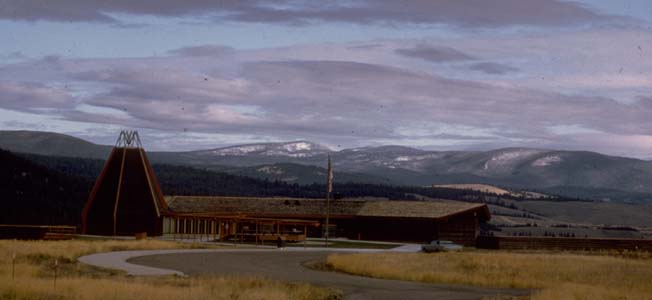
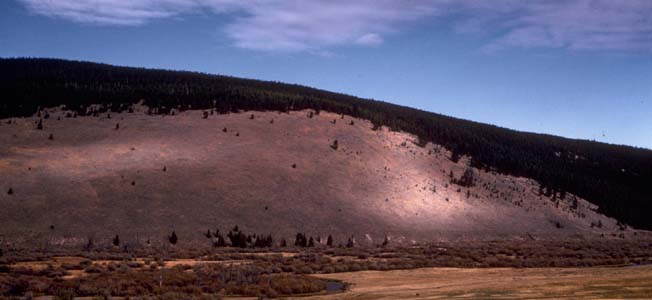
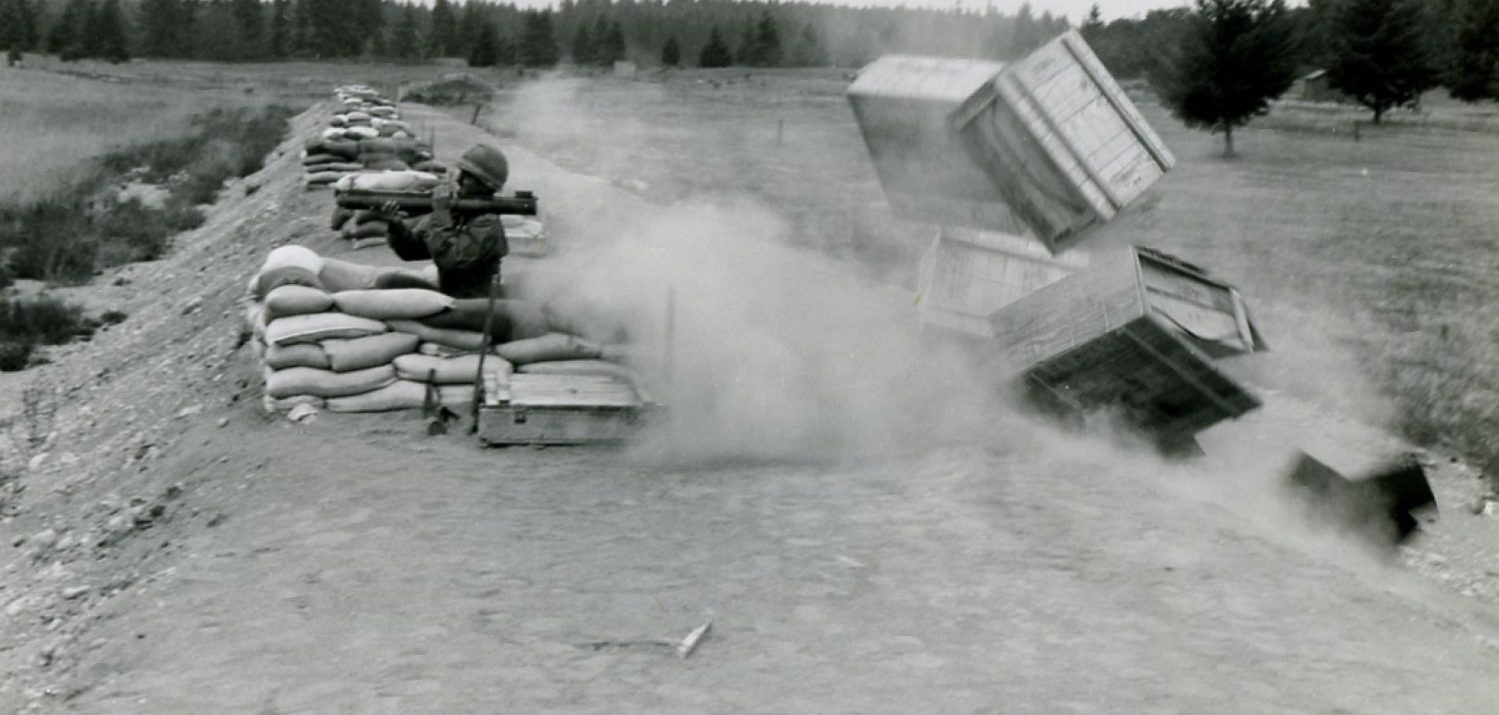
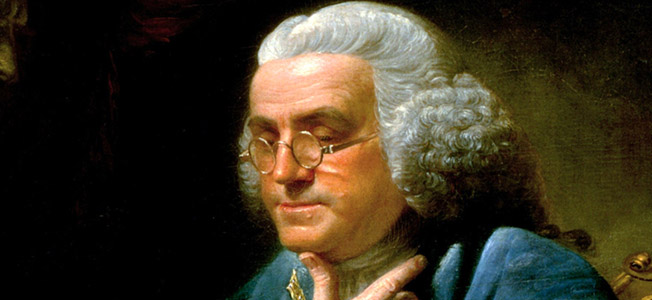
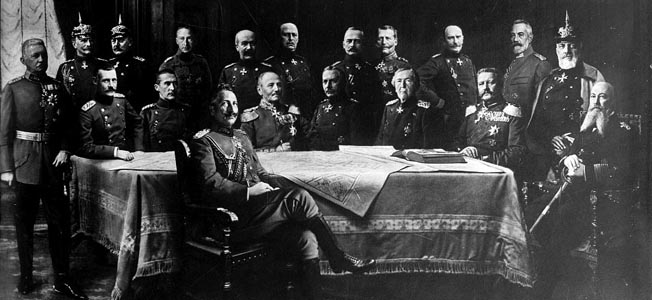
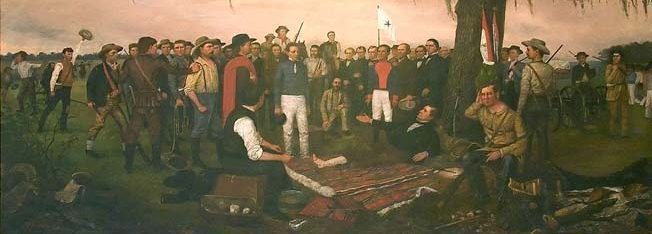
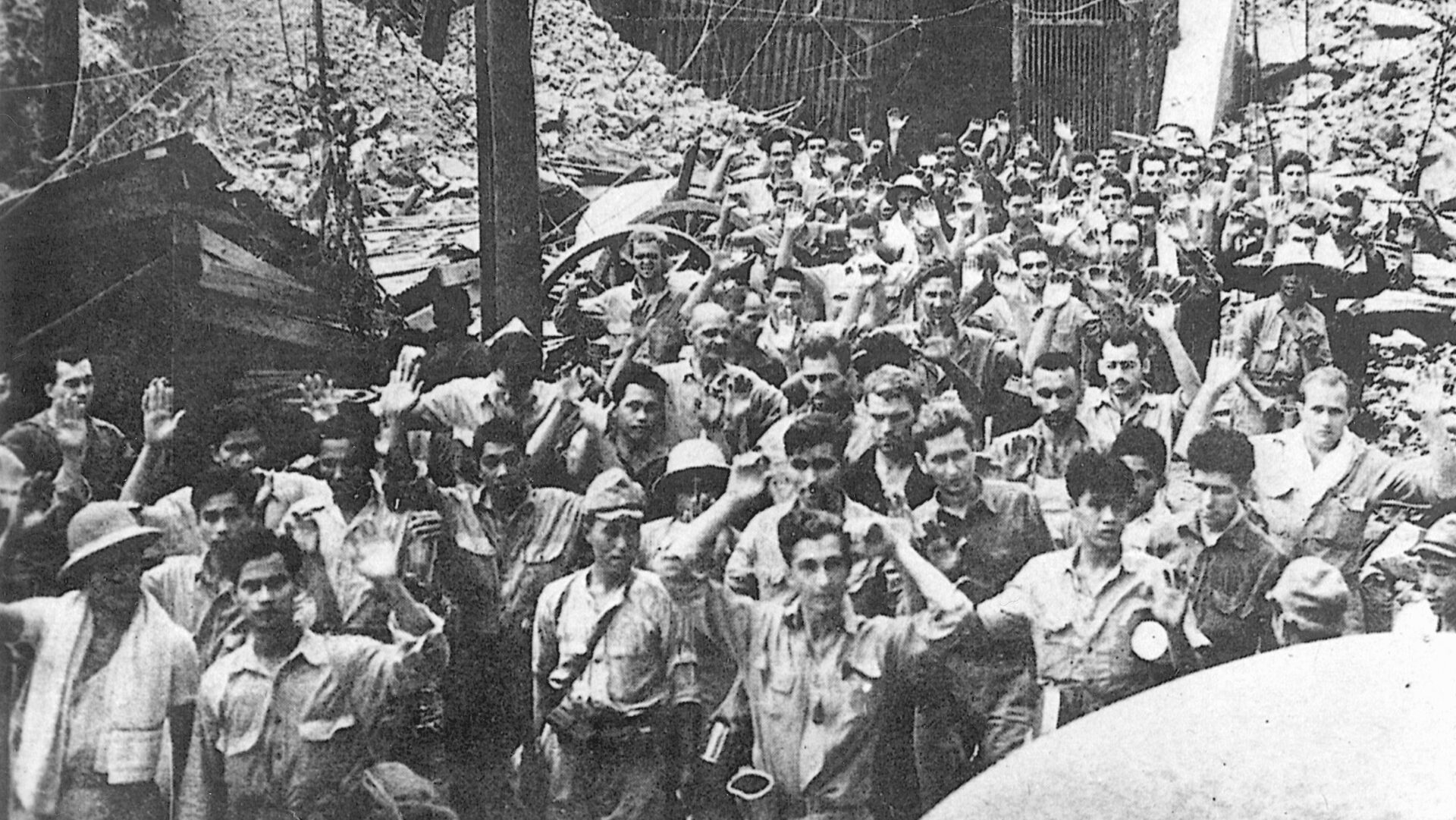
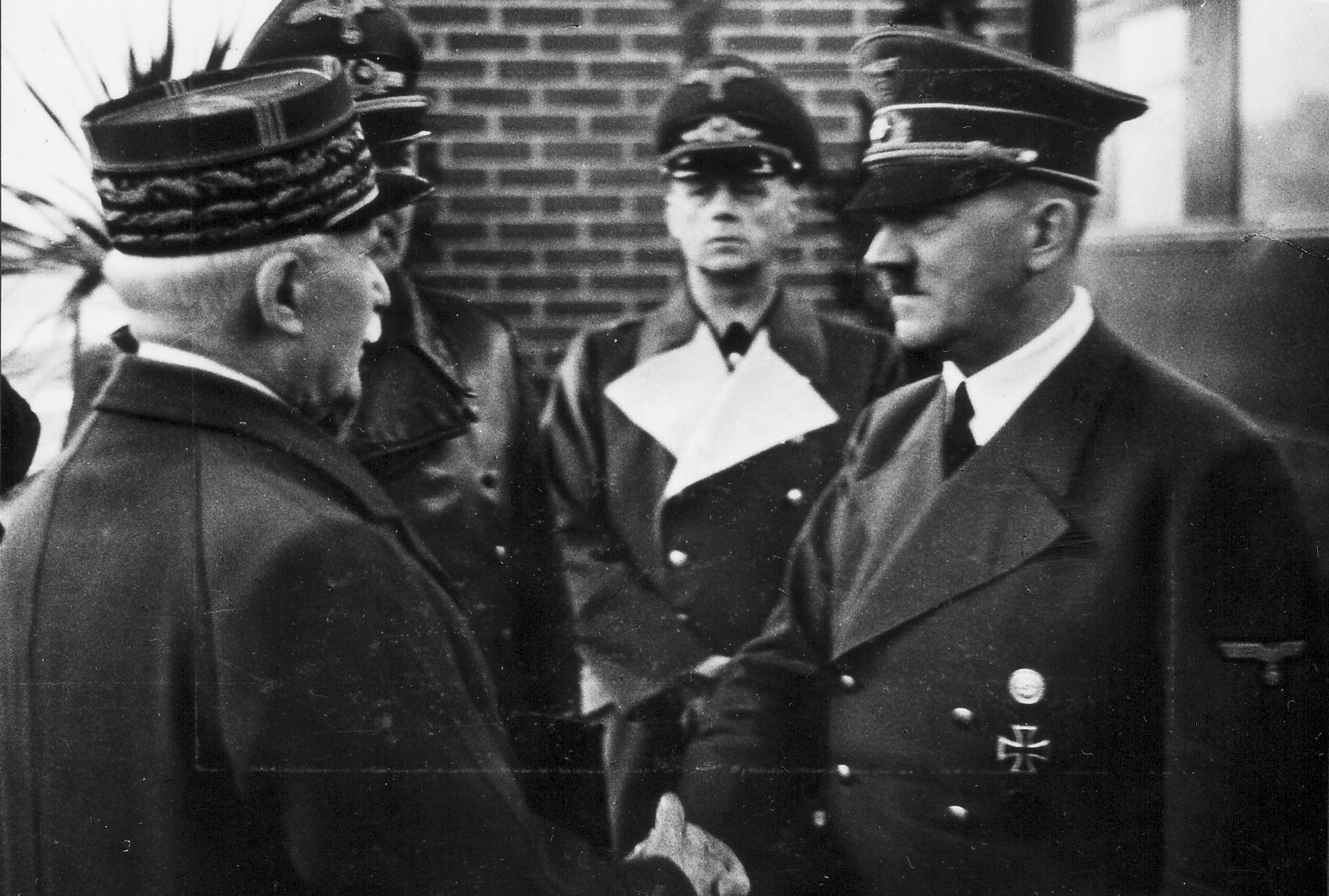
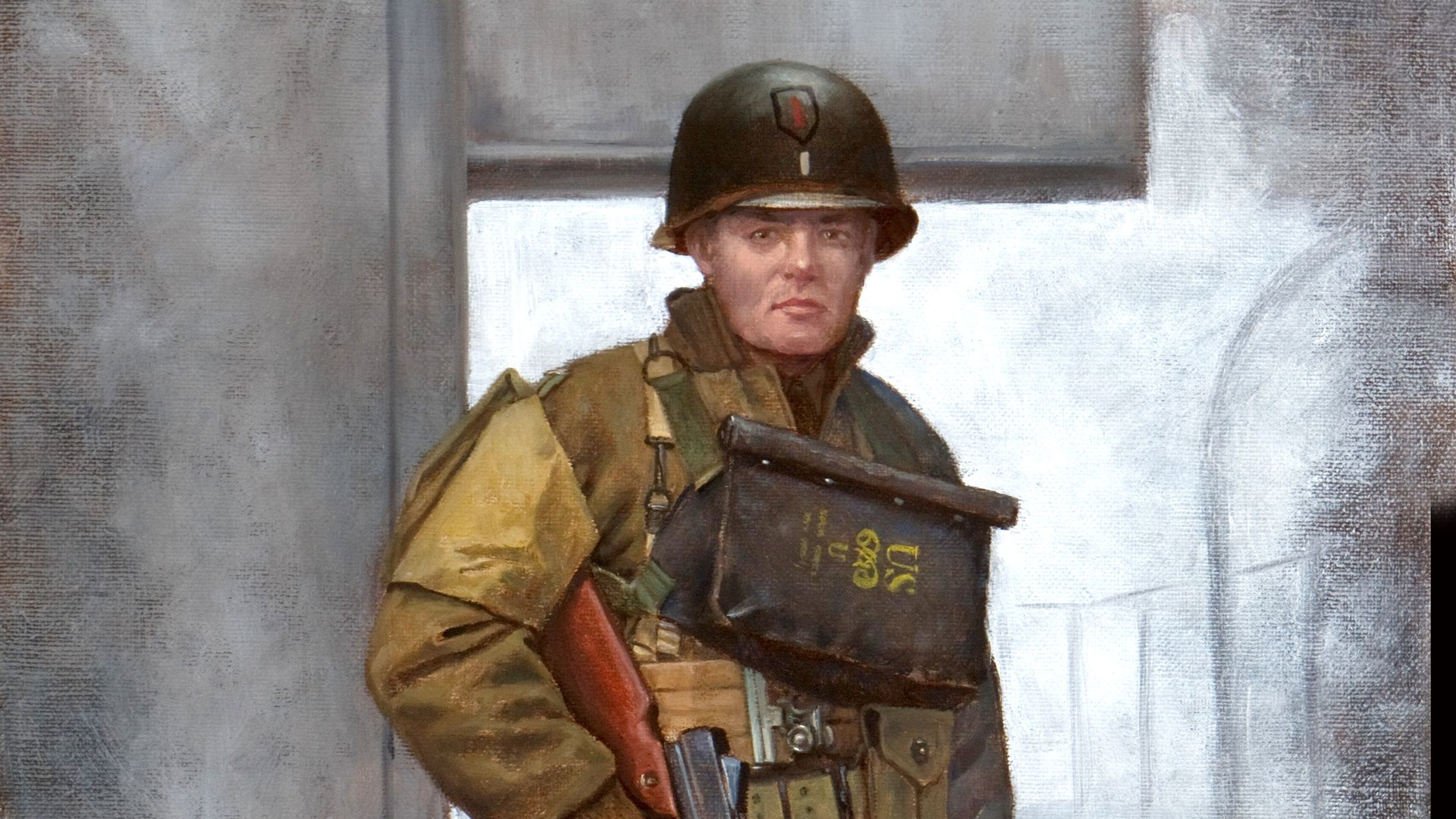
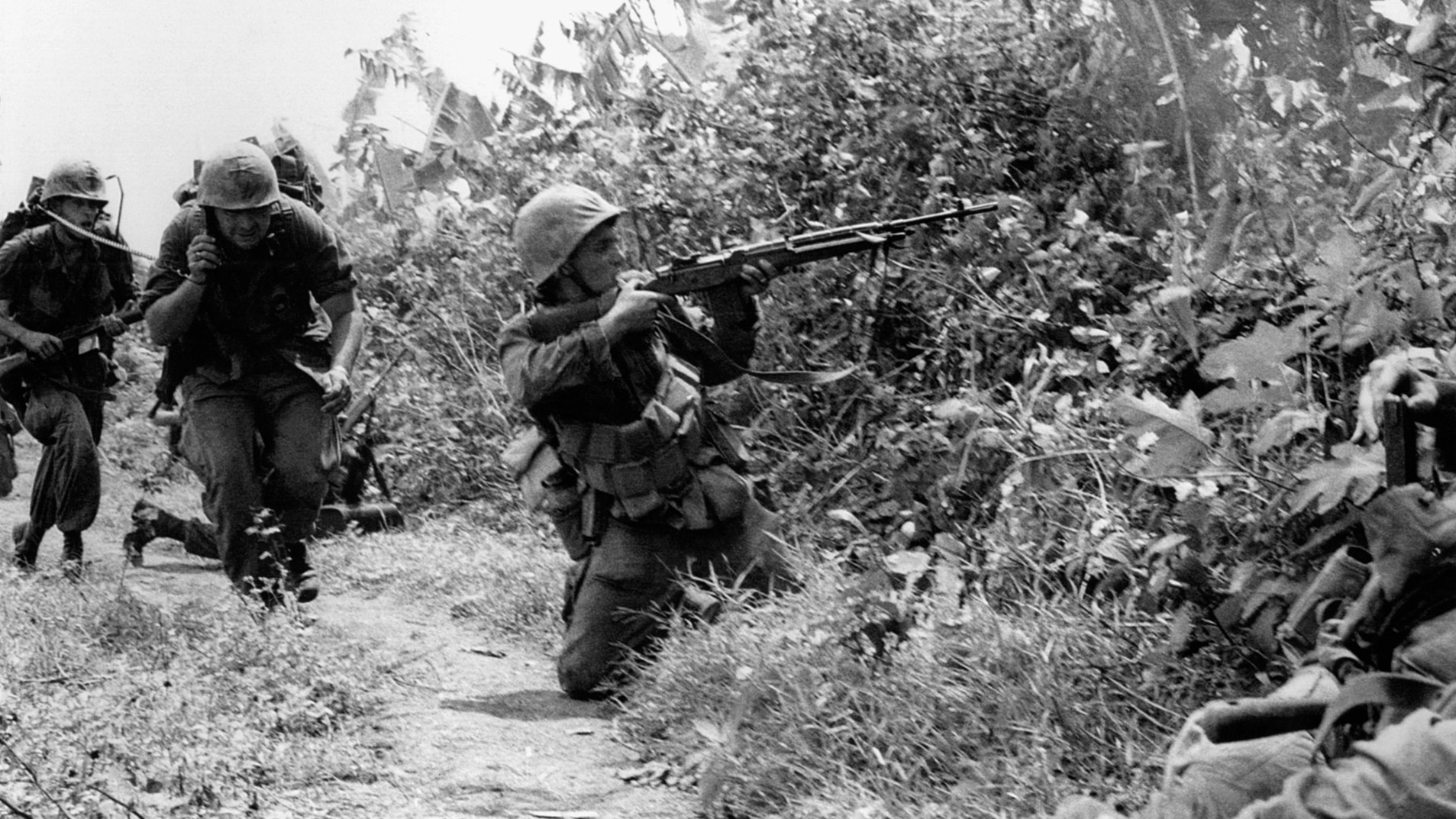
Join The Conversation
Comments
View All Comments